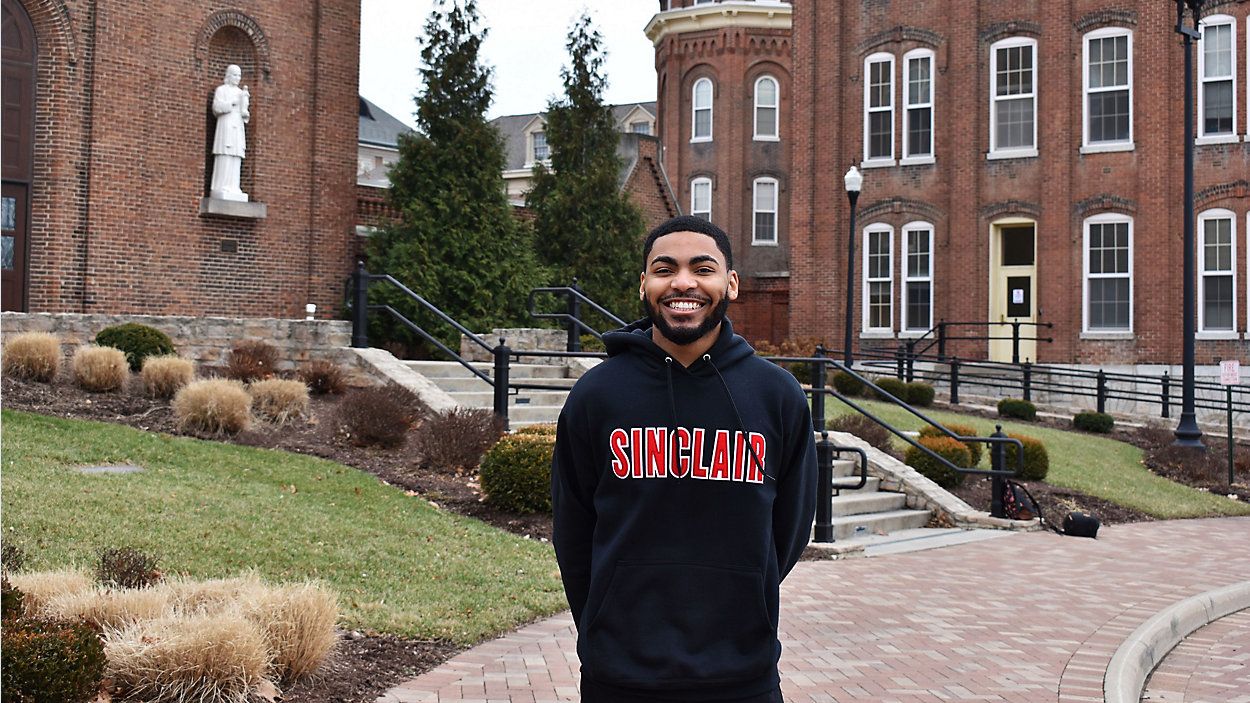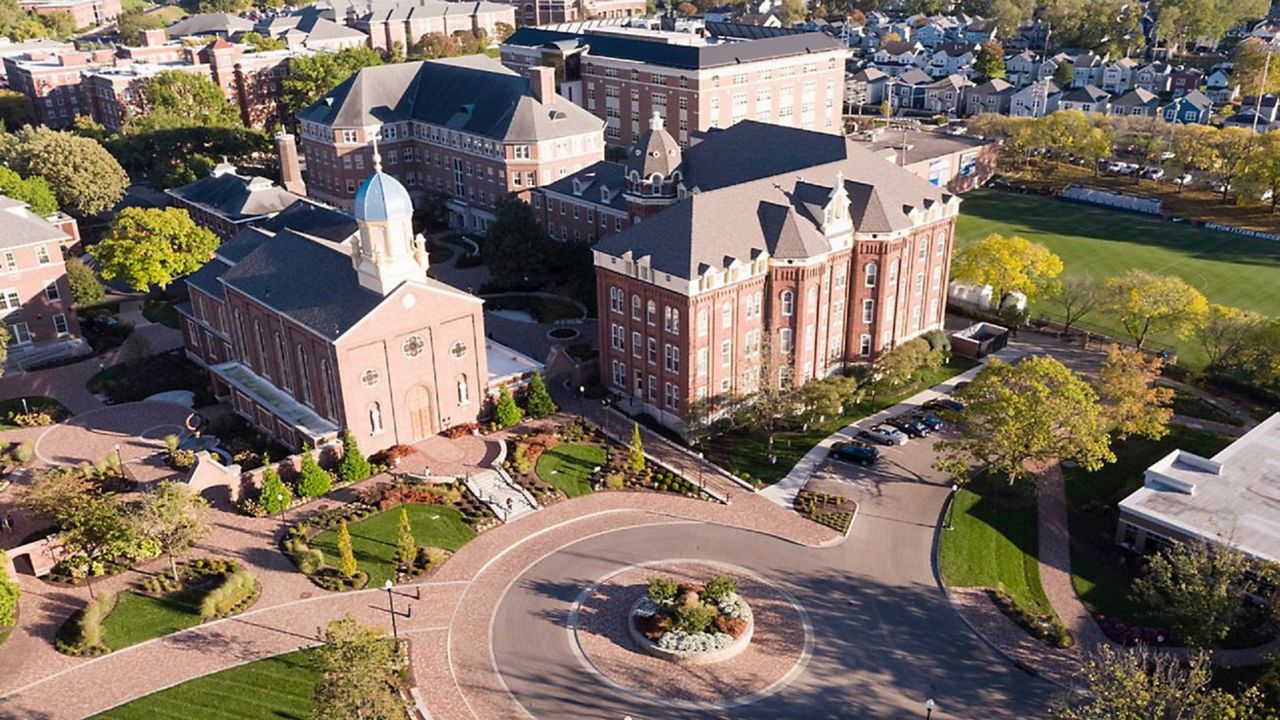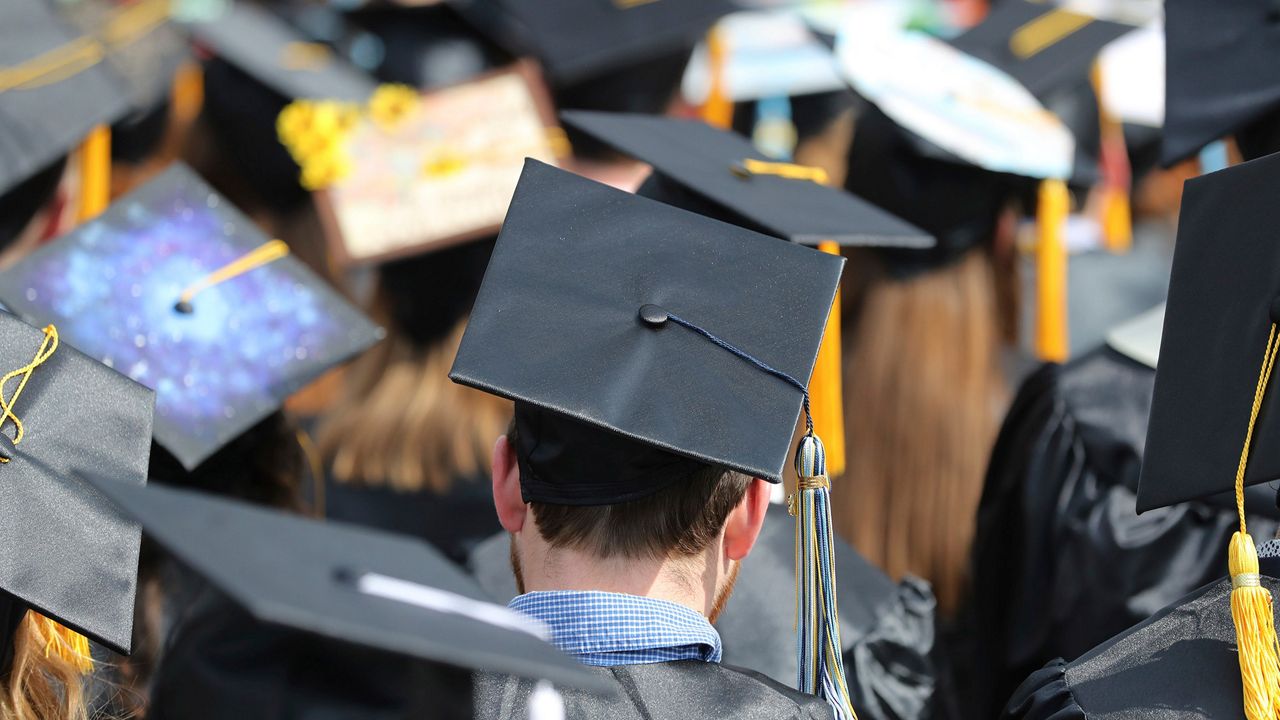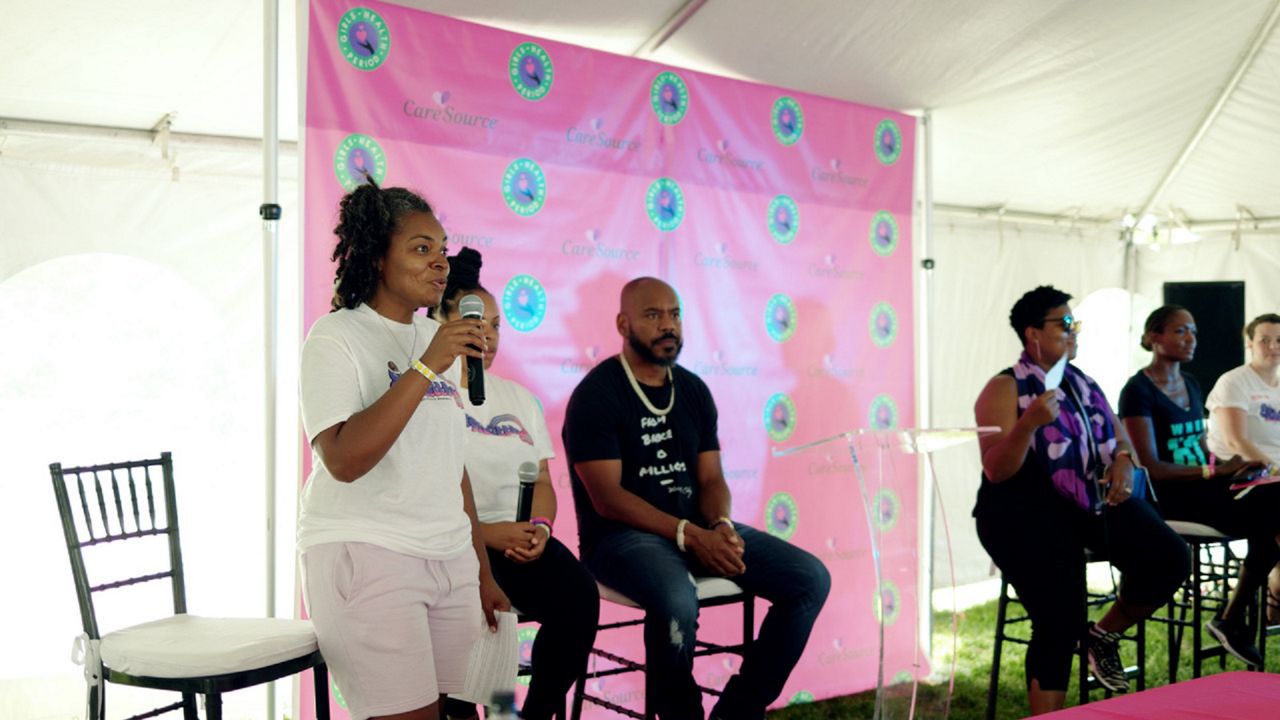DAYTON, Ohio — The University of Dayton has spent the better part of the past decade working to make earning a four-year degree more practical and affordable for lower-income students.
A major focus has been the school’s UD Sinclair Academy. Since 2016, the community college-to-Dayton pipeline has helped more than 500 students earn a bachelor’s degree at about half the price.
For its efforts, UD and 27 other American Talent Initiative colleges and universities received national praise from Bloomberg Philanthropies on Tuesday. The honor marked the schools’ efforts to improve educational access to high-achieving, lower-income students.
What You Need To Know
- The University of Dayton received praise from Bloomberg Philanthropies for its work to attract lower-income students and help them graduate
- There are 28 total schools that received the honor ranging from Yale to Centre College in Kentucky
- A highlight of Dayton's recent efforts is the creation of the school's UD Sinclair Academy
The ATI High-Flier recognition goes to institutions that have shown a commitment to finding innovations for the recruitment, enrollment and retention of students facing financial hardships. Other honorees include Yale University, Northwestern University, Princeton University and the University of Chicago.
UD is the only Ohio college on the list.
ATI and Bloomberg Philanthropies will work with UD and the other schools over the next year to expand their efforts. As part of that process, the group will share their findings and experiences with other colleges and universities across the United States.
“Evidence shows that when lower-income students attend high-graduation colleges like the University of Dayton, they are more likely to graduate, and their lifetime earnings potential and opportunities increase as well,” said UD President Eric Spina.
Having those students on campus isn’t just good for those individuals, added Spina, who started at UD in the summer of 2016. He mentioned that more diversity among the student body “enriches the campus community.”
“As graduates, they meet critical local workforce needs and uplift our region,” Spina added.
Founded in 2016, ATI has grown to include more than 135 institutions of higher education. Bloomberg Philanthropies supports the project in collaboration with the Aspen Institute College Excellence Program and Ithaka S+R.
Each school that takes part pledges an “Accelerating Opportunity” commitment. It asks the school to work toward improving student enrollment statistics by 2025. A key focus is addressing known gaps among low-income students.
College graduates are half as likely to go unemployed compared to peers who only have a high school degree, according to data from the Association of Public and Land-Grant Universities. The report shows that typical earnings for a person with a bachelor’s degree are $36,000 or 84% higher than someone whose highest degree is a high school diploma.
Yet, only about 51% of students of the most socioeconomically disadvantaged students attend college, per the Brookings Institute. That compares to 64% from middle-class upbringings and about 89% of students from well-off backgrounds.
Michael R. Bloomberg, founder of Bloomberg Philanthropies, said the economic fallout from the pandemic has made it as important as ever for schools to find ways to attract and keep students from under-represented backgrounds. New York City’s former mayor applauded UD and the other 27 “High-Fliers” for leading the way.

“We hope their efforts serve as an example for other schools that are committed to creating opportunity for lower-income students, so we can accelerate national progress on this critical challenge,” Bloomberg said.
The University of Dayton joined ATI in 2017. But about a year earlier, UD partnered with nearby Sinclair Community College to develop the Academy.
Students enroll in both colleges at the same time. Even while they’re taking classes at Sinclair for the first two years, the students stay connected to the academic and financial advisers at UD. There are 100 bachelor’s degree tracts that outline the classes they need to take at both schools.
A University of Dayton spokesperson said there were 256 students enrolled in Academy this spring, with 155 at Sinclair and 101 at UD. One of those students is Antoine Harrison. The sophomore said the program made him “more confident in my college journey.”
The school’s admissions office didn’t provide student retention data for the Academy.
“With all of the opportunities at Sinclair and UD, you can find success in everything you do,” Harrison said.
Since 2016, 94 students have completed the Academy program. Another 37 expect to graduate by this summer. But those aren’t the only programs focused on increasing campus diversity, said Jason Reinoehl, the university’s vice president of strategic enrollment management.
Beyond the Academy, the school now works closely with military members and their families, international students and transfer students from community colleges or other four-year institutions.
In January 2022, UD received $25,000 from Bloomberg Philanthropies to expand its transfer academy partnerships with Sinclair and Columbus State Community College.
UD has staff who work with these students to answer questions about campus life, studies and other things affecting their overall college experience.
“Talent resides in every zip code in the U.S., regardless of the individual’s background related to their socioeconomic status,” Reinoehl said.
“We were proud of our work not just increase access to education for students, but more importantly, increasing their ability to be successful here at UD,” he added. “This is what we’re all about.”
The University of Dayton has been around since 1850. And for about 160 of those years, the school’s administration focused on finding “that traditional 18-year-old high school graduate population,” Reinoehl said. But over the last decade, specifically the past six or seven years, the school has tried to broaden ways for nontraditional and diverse students to earn a degree.
Reinoehl, who’s been at UD for 20 years, described receiving the ATI recognition as a point of pride. But he said it also underscored the university’s longstanding Catholic-Marianist tradition to promote growth opportunities for all.
Information from the American University School of Education noted that diversity can improve the in-classroom experience for all students. The report lists benefits ranging from improved cognitive and critical thinking skills, enhanced creativity and better preparation for adulthood.
One of Reinoehl’s favorite UD programs is Flyer Promise. Through it, the university works with regional high schools to identify talented Pell Grant-eligible students. Those federal funds mainly support undergraduate students who display exceptional financial needs.
Unlike a loan, a borrower rarely must repay a Pell Grant. For the 2023-2024 school year, the top award to those most in need tops out at $7,395.
Two years ago, Dayton reaffirmed its commitment to the Accelerating Opportunity campaign by setting public, aspirational lower-income student enrollment goals for the first time. Some of those goals had to do with things such as Pell Grant awards.
In 2015, only 10% percent of UD students received Pell Grants. But that number has gone up more than 53% since then. Reinoehl said the figure today is “greater than 15% and approaching 16%.”
Beyond the Pell Grants, UD puts together a “significant financial support” package so Flyer Promise students can earn their degree, Reinoehl said.
“This is really about UD becoming more excellent in the way in which we provide a learning opportunity for every student,” he added.









